
Everything You Want to Know About: Types of Amish
Say hello again to Erik Wesner, author of Success Made Simple: An Inside Look at Why Amish Businesses Thrive, as he explains the different types of Amish groups spread across the country:
Table of Contents
Types of Amish Diversity
Over 2,000 Amish congregations are scattered across 30 states and one Canadian province. While the members of these churches share many things in common, including most religious beliefs, German dialect, and horse-and-buggy travel, there are also differences across the churches.
This wide diversity affects technology, dress, home style, and numerous other facets of everyday life. What are some of the different Amish groups? Why are there so many Amish groups? How do they cooperate and interact?
All Types of Amish are Not The Same

Types of Amish and Clothing
To the average observer, Amish people might all seem about the same. However, different Amish churches and communities can be distinctly different. Some Amish wear more conservative clothing, for example, with wider hat brims and plainer colors favored, while shirts and dresses in more progressive places can be made from vibrant colors such as pink and yellow. Women’s prayer coverings can also vary in style across communities, as can the length of men’s beards.
Read all about Amish Clothing.
Amish Sects and Transportation
Amish buggies are another visible area where differences arise. This is most obvious by color—buggies can vary in hue from black to grey to white, with a few communities using brown and even bright yellow carriages. The technology used on the buggy itself can differ, too—many use bright battery-powered lights, while the most conservative limit lighting to a single oil lamp hung on one side of the carriage.
Read all about different types of Amish and transportation.
How Different Types of Amish Use Technology (or Don’t)
For that matter, technology is another area where the Amish diverge. The plainest groups use few household implements, lack plumbing and bathrooms in the home, and light their abodes with old-fashioned kerosene or oil lamps. The more progressive Amish homes can have kitchens and bathrooms resembling non-Amish ones, illuminating their homes using built-in fixtures burning propane gas, while solar panels mounted on the roof charge batteries for various devices.
Amish choose to exhibit their plainness and “be Amish” in numerous different ways. These differences have often evolved due to a variety of different factors. Some Amish groups actively choose a plainer course. Others evolve in a more progressive direction (critics call this “drift” or “backsliding”), permitting more technology and closer ties with the world.
Read all about the Amish and Technology.
Sometimes, a schism in a group results in two groups moving in different directions. When discussing these divisions, Amish may express regret that they occur. Some communities, such as Holmes County, Ohio, have shown a greater propensity for schism. In contrast, others, like Lancaster County, have largely preserved a single affiliation, a term explained in the next section.
Different Types of Amish Groups
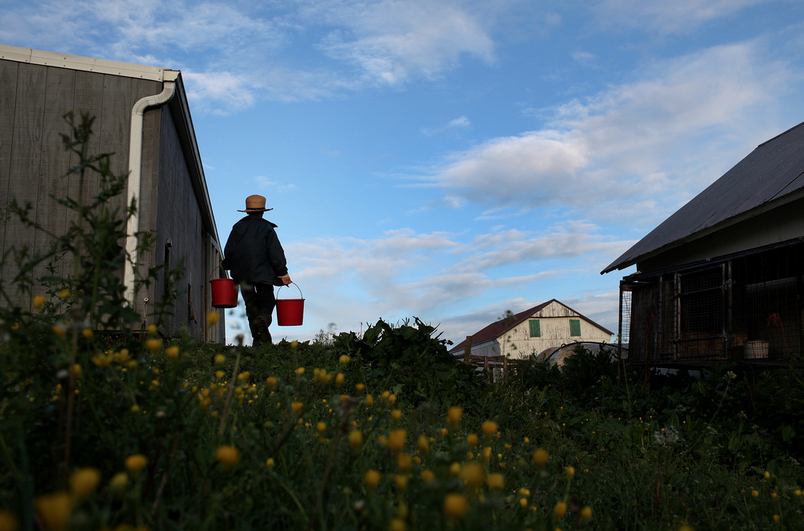
One way to categorize the Amish is by affiliation. The authors of The Amish describe affiliations as “loose federations of like-minded Amish churches” (p. 140). There are over 40 different Amish affiliations today and numerous other unaffiliated churches. Here are a few of the primary affiliations and groups:
Old Order Amish
These are some of the largest groupings of Amish churches and tend to be generally more technologically progressive. They include Old Order affiliations in Holmes County, Ohio, Lancaster County, and Elkhart-Lagrange, Indiana.
Swartzentruber Amish
Perhaps the most conservative Amish are found in over a dozen states. Minimal technology, very plain appearance of clothing and homes, and refusal to adhere to specific requirements other Amish accept, such as the orange SMV safety triangle on buggies.
New Order Amish
New Order Amish tend to be among the more progressive on technology, though despite the name, they closely resemble corresponding Old Order churches in dress, use of horse-and-buggy, and overall lifestyle. New Order Amish tend to differ in the way they express their Amish Christian faith, taking a more evangelical and mission-minded approach and professing belief in assurance of salvation.
Swiss Amish
So-called Swiss Amish churches in several states, including Indiana and Michigan, have names reflecting their members’ Swiss European origins. Swiss churches are distinct from most Amish in numerous ways, including the type of German dialect spoken, carriage style used (only open carriages are allowed), and other cultural practices.
Beachy Amish
The Beachy Amish, also called Amish-Mennonites, are a more progressive branch that emerged in the 1920s. Unlike Old or New Order Amish, Beachy groups typically drive cars, use electricity, and worship in church buildings. While they maintain modest dress, their clothing is not Plain in the traditional Amish sense.
These groups are often confused with the Amish due to shared ancestry, but differ significantly in lifestyle and beliefs. Their communities are likelier to use modern technology and participate in outreach or mission work.
These are just a few of the numerous Amish affiliations. The distance between the most progressive and conservative churches can be great.
Types of Amish Chart
| Amish Group | Tech Use | Transportation | Clothing Style | Language |
|---|---|---|---|---|
| Old Order | No electricity | Horse & buggy | Very Plain | PA Dutch |
| New Order | Limited tech | Horse & buggy | Slightly relaxed | PA Dutch |
| Swartzentruber | No tech at all | Horse & buggy | Extra Plain | PA Dutch |
| Beachy Amish | Cars, electricity | Cars | Modest, not Plain | English |
| Swiss Amish | Very conservative | Horse & buggy | White shirts, unique headwear | Swiss German |
Implications of Diversity
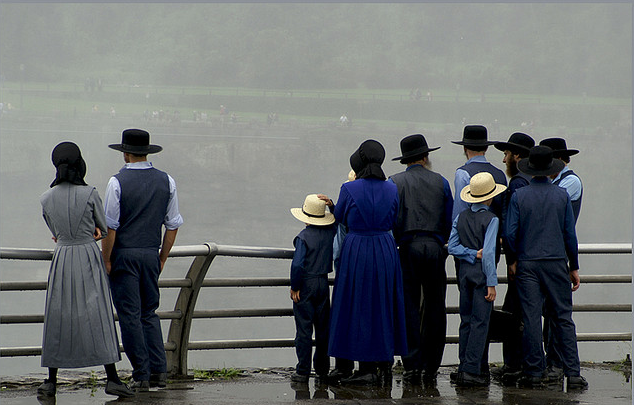
While the Amish know their differences, the general public tends not to. This can lead to confusion and other complications when issues arise. Non-Amish people who are used to the ways of one Amish community may be puzzled when they discover that Amish people in another area do things differently. Examples of conflicts can arise in clashes over building codes (some Amish do not permit smoke alarms, for example), buggy safety triangles, and outhouses.
A particular Amish church’s worldview also influences who that group associates with. Groups that have enough things in common can be said to be in fellowship with one another, which means to “have a spiritual affinity that allows them to collaborate on some level” (see The Amish, p. 151). In practice, this can mean permitting an exchange of preachers and intermarriage. Those who are close in some ways but have specific differences, such as disagreements over key pieces of technology, may be prevented from having a so-called full fellowship, with a looser partial fellowship relationship instead.
What The Different Types of Amish Have in Common
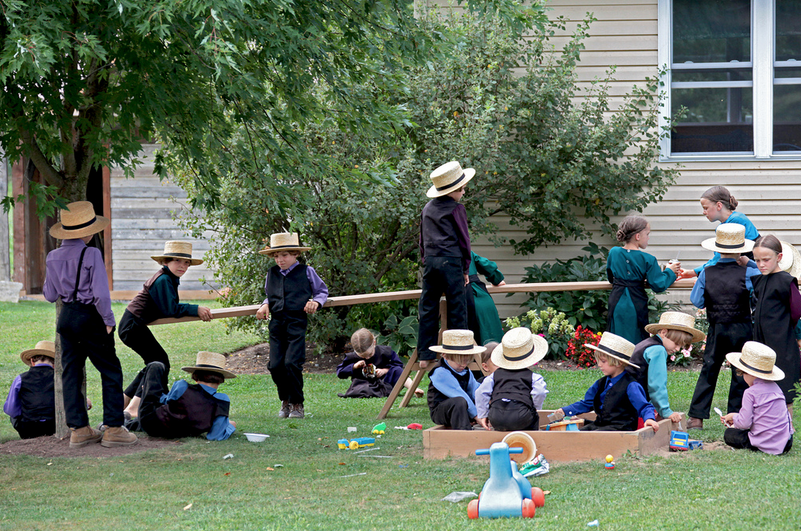
Amish of different backgrounds work together in numerous ways despite differences—as co-workers, in community events, and in mediating occasional disputes and issues that might arise with the government. All Amish uphold certain basic church practices and beliefs, including home worship, nonresistance stance, untrained ministry selected from the lay male members, twice-yearly Communion service, social shunning, and others. All Amish wear plain clothing, speak a German dialect as their primary language, and use the horse-and-buggy to some degree.
How these aspects of everyday life manifest themselves can vary, but Amish of all stripes practice them in one form or another. Most importantly, all Amish share a common faith in Jesus Christ, who guides them daily.
This article was written by Erik Wesner, author of Success Made Simple: An Inside Look at Why Amish Businesses Thrive, and editor of the Amish America website.
More FAQs About Types of Amish Groups
What is the difference between Old Order and New Order Amish?
Old Order Amish follow stricter traditions, rejecting most technology and maintaining very Plain dress. New Order Amish are slightly more progressive, allowing limited electricity and placing more emphasis on Bible study and personal choice.
Are Beachy Amish the same as New Order Amish?
No, Beachy Amish and New Order Amish are different. While both groups broke away from the Old Order Amish in the 1900s, New Order Amish still used horse and buggy transportation and wore plain clothing. Beachy Amish, also known as Amish-Mennonites, drive cars, use electricity, and dress modestly but not Plain. Beachy groups are considered more progressive and are more integrated with modern society than New Order Amish.
What are the most conservative Amish groups?
The most conservative Amish groups include the Swartzentruber, Swiss, and Nebraska Amish. They avoid nearly all modern technology, use buggies with minimal safety features, and follow strict rules for Plain dress and lifestyle.
Do all Amish speak the same language?
Most Amish speak Pennsylvania Dutch, but not all. Some groups, like the Swiss Amish, speak a Swiss German dialect instead. All Amish communities also learn English for reading and writing.
Are there Black Amish people?
While rare, there have been a few documented cases of Black individuals joining or being adopted into Amish communities. However, the Amish population is overwhelmingly white, and racially diverse Amish households are extremely uncommon.
Learn More About the Amish
- Different Types of Amish
- Amish Beliefs
- Amish Clothing
- Can The Amish Use Guns
- 6 Things You Might Not Know About the Amish and Money
- Amish Families
- Amish Transportation
- Amish Church
- Amish Businesses
- Amish History
- Amish Children
- Amish Misconceptions
- Pennsylvania Dutch – the Amish Language
- What the Amish Read
- The Amish and Technology
- Amish Wedding Traditions
- Places You Didn’t Expect to See Amish People
- 10 Ways Amish People Travel
- Amish Games and Entertainment

 Samples
Samples
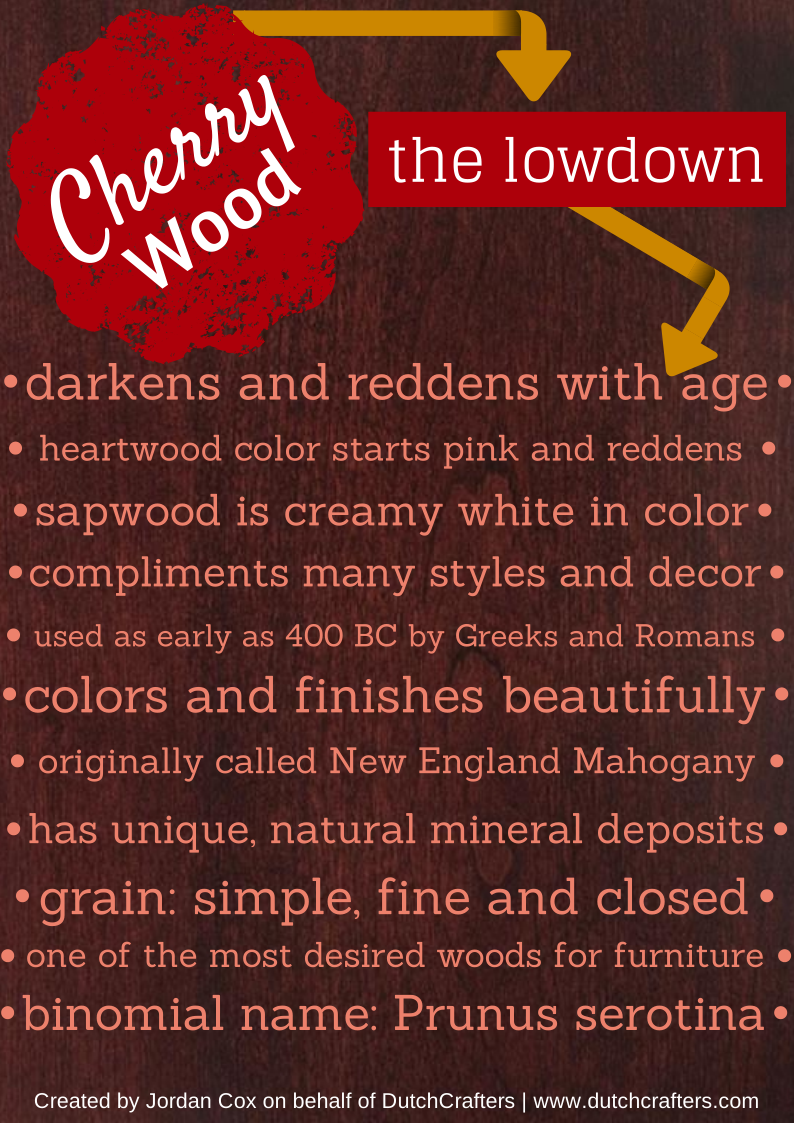

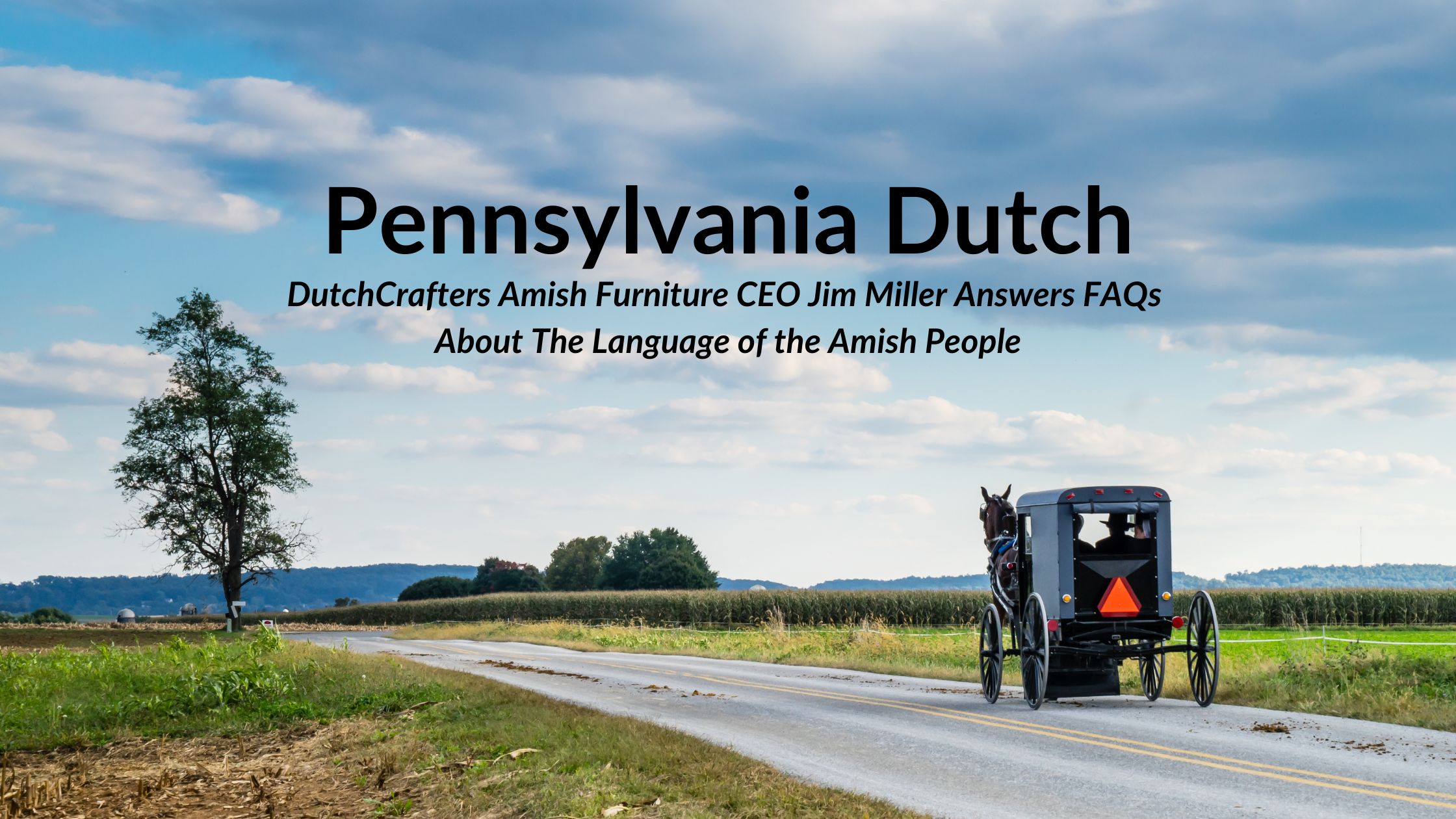
your article was interesting